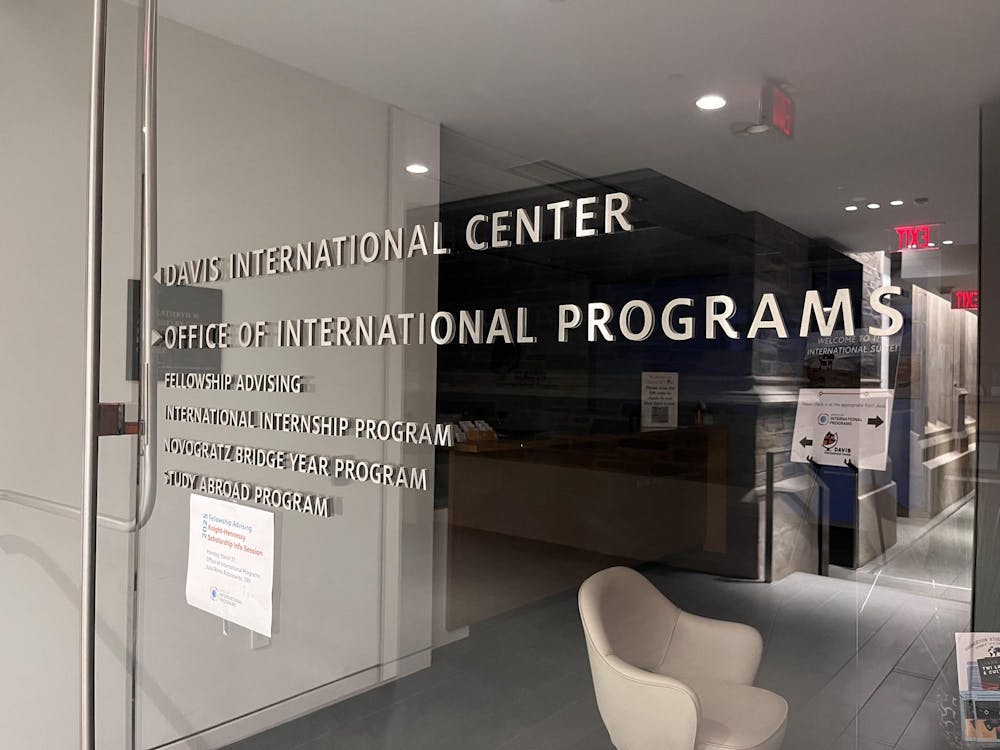Nearly 40 percent of upperclassmen aren't in an eating club? Surely not!
It's closer to 25 percent, according to the University. Why was the 'Prince' poll so off the mark? Polls definitely raise more questions than they answer, and ours was no exception.
We showed different activities have very different effects on student academic performance, with varsity athletes and 'Prince' staffers on one end and club sport participants on the other end of the spectrum. But what does "somewhat" or "seriously" impacting your academic performance mean?
To some it's a change in grades. How much? To others, it's the quality of one's academic performance — even if grades haven't changed.
These differences wouldn't be so much of a problem for a poll — after all, it's just averaged together — if it weren't for the fact that we reported the statistics for individual activity groups.
If members of community service and environmental groups tend to think one way about the effect of activities on academics, and band members tend to think another way, the groups are no longer on an equal footing. Even if they are all affected the same by their activities, their interpretation of the poll question could put one group significantly over or under the other.
The results for this question certainly weren't without merit, however. Students who identified themselves with non-varsity sports responded to the question differently from varsity athletes in a qualitative, rather than quantitative, way.
In the non-varsity sports group, the largest percent of students said their activity helped their academic performance, the next largest group said it had no significant impact and the smallest group said it hurt their academic performance.

In the varsity sports group, the order was reversed. The smallest group said it helped their academic performance, the middle group said it had no significant impact, and the largest group said it hurt their academic performance.
Why the focus on athletes, anyway?
An unfortunate side effect of being the largest groups on campus — the two sports groups combined make up 36 percent of students — is that they are the easiest to study. Because more students fell into these groups, the conclusions that can be drawn from their responses are statistically more accurate.
Only four students out of the 213 polled said their primary nonacademic activity was a fraternity or sorority. Drawing any conclusions about fraternity and sorority members from these few responses is impossible.

Out of the 14 groups that students were divided into, only four groups generally had enough members to draw statistical conclusions worth publishing. The employment and band/orchestra/a cappella groups were the other two.
Then there were the questions about sign-in and bicker. How can eating club membership chairs make use of the poll results?
It's quite difficult to say.
Sign-in clubs better focus more on attracting the freshman class. Three times as many freshmen polled, 32 percent, preferred bicker clubs over sign-in clubs.
But, bicker clubs should worry about the sophomore class, in which the trend was reversed. Twice as many sophomores polled preferred sign-in clubs over bicker clubs.
So overall, things are pretty much even.
Or are they?
In psychology research, experimenters often choose this "95 percent confidence level." It means they're 95 percent sure their outcome isn't a fluke. Sounds reasonable.
The downside is — as someone once said — 1 out of 20 conclusions in the body of psychology research is . . . wrong . . . probably.
Details of the poll were printed in the 'Prince' earlier this week.







